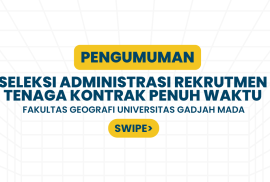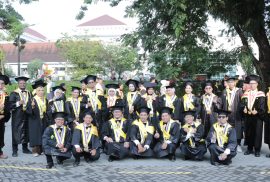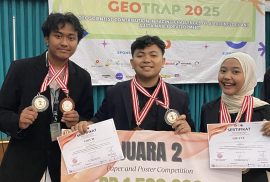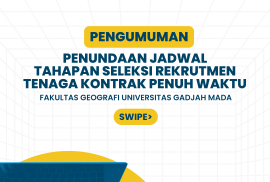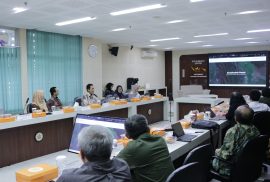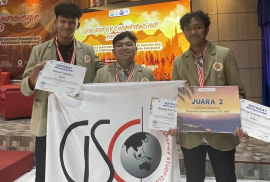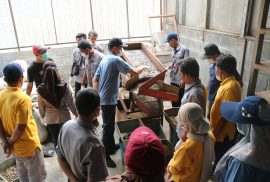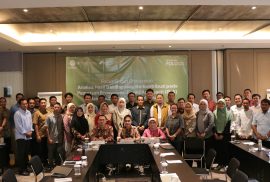Pesatnya perkembangan teknologi dan arus informasi, kini menuntut setiap individu untuk mengambil langkah bijak dalam memanfaatkan media sosial. Hal ini disampaikan Dr. Sigit Heru Murti B.S., S.Si., M.Si., Wakil Dekan Bidang Keuangan, Aset, dan Sumber Daya Manusia, dalam workshop “Bijak dalam Bermedia Sosial” bagi Tenaga Kependidikan (Tendik) pada Sabtu (25/10) di Auditorium Merapi, Fakultas Geografi UGM.
“Media sosial membawa banyak manfaat, terutama dalam memudahkan komunikasi tanpa batas ruang dan waktu. Namun di sisi lain, kita juga perlu waspada terhadap dampak negatifnya, seperti berkurangnya privasi, potensi kecanduan, hingga persoalan hukum yang mungkin timbul,” ungkapnya dalam sambutan pembuka.


